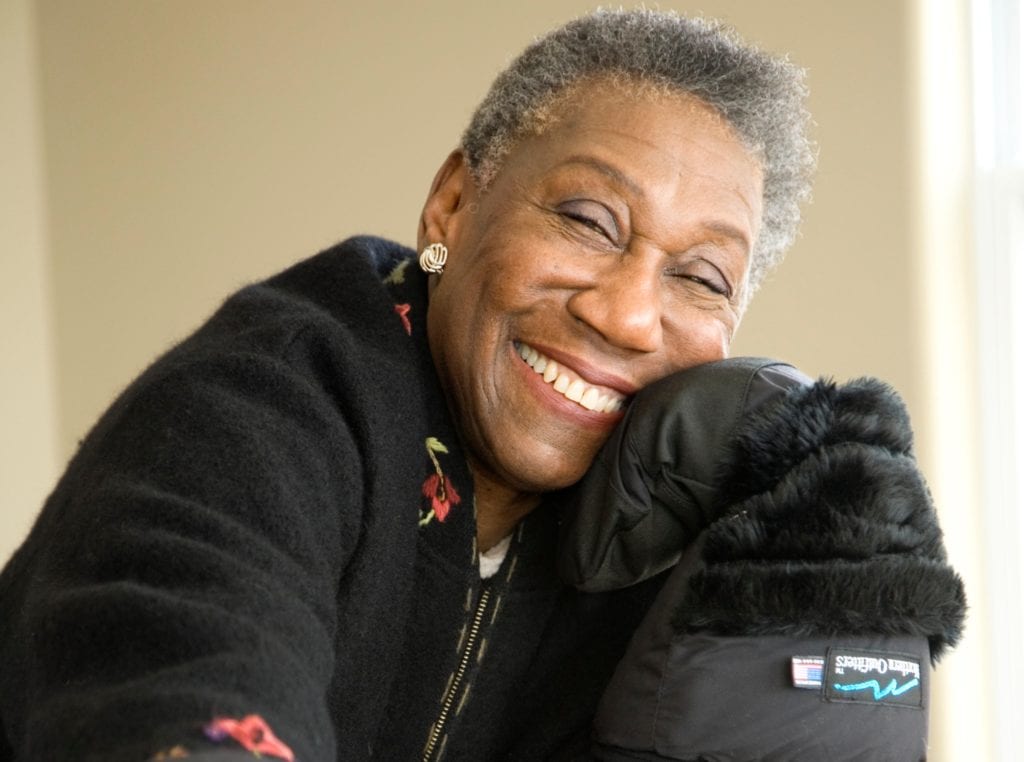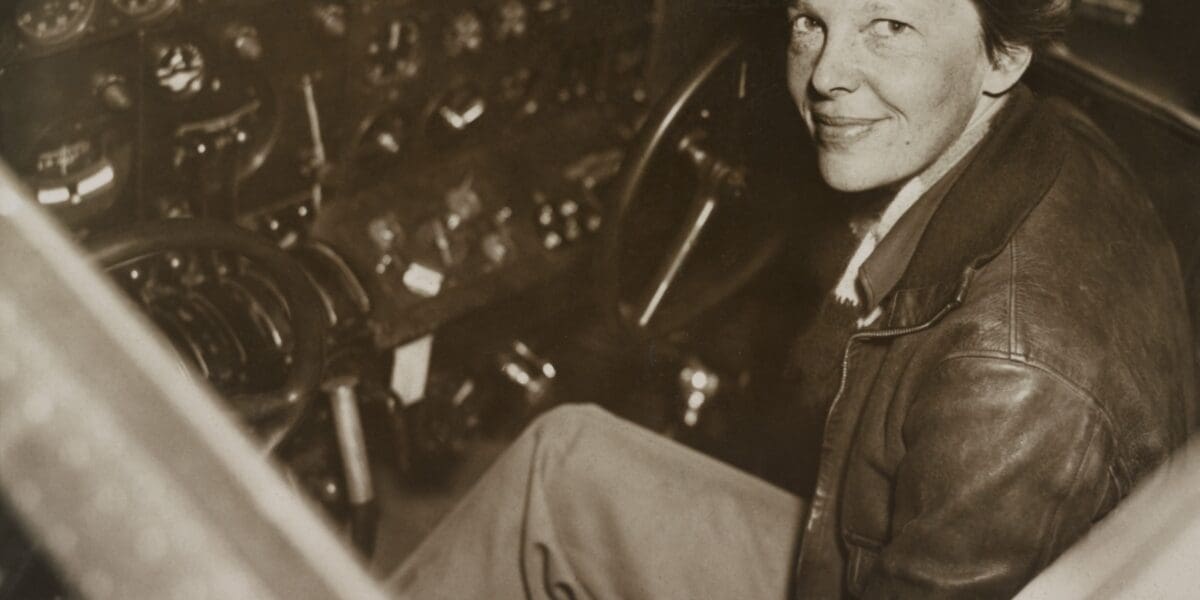It’s officially March, which means the start of Women’s History Month. Women’s History Month is an annual observance celebrated every March to recognize and honor women’s contributions, achievements, and history worldwide. This month serves as an opportunity to highlight the often-overlooked accomplishments of women in various fields, including travel, aiming to close the gender gap and address ongoing gender inequalities.
The history of travel has been shaped by the adventurous spirit of women who dared to venture beyond their comfort zones. In doing so, these trailblazing women stood up against societal norms and expectations, left an indelible mark on the world of exploration, and (quite literally) paved the way for future generations of women to travel.
In honor of their legacy and Women’s History Month, we celebrate these trailblazing women whose courage, curiosity, and determination have shaped how we travel today.
Gertrude Bell (1868–1926)
Often referred to as the “Queen of the Desert,” Gertrude Bell was a pioneering British explorer, archaeologist, and political officer who left her mark on the Middle East during the early 20th century. A woman ahead of her time, Bell defied societal expectations to become one of the first women to graduate from Oxford University with a first-class degree in modern history. During her lifetime, Bell traveled extensively throughout the Middle East, contributing significantly to archaeological research and producing detailed maps of uncharted territories. Her legacy includes the establishment of the Iraq Archaeological Museum.
Amelia Earhart (1897–1937)
Amelia Earhart was a pioneering American aviator and a trailblazer for women in aviation during the early 20th century. In 1928, she became the first woman to fly across the Atlantic as a passenger, and in 1932, she made history by completing the first solo flight by a woman across the same ocean. A vocal advocate for women’s rights, Earhart shattered gender norms by actively participating in the male-dominated aviation field. Her disappearance in 1937 during an attempted around-the-world flight remains one of the greatest mysteries in aviation history. Recently, a deep-sea marine robotics company suggested it may have found the wreckage of Earhart’s plane.
Isabella Bird (1831–1904)
Isabella Bird, a 19th-century English explorer and naturalist, is a remarkable figure in the annals of travel history. Renowned for her intrepid solo journeys, Bird ventured into diverse and often challenging landscapes. From the vast terrains of Australia to the exotic shores of Hawaii and the rugged expanses of the Rocky Mountains, she fearlessly traversed the globe, defying societal expectations for women of her era. What sets Bird apart is her trailblazer spirit, keen observational skills, and eloquent storytelling. Her detailed travel writings, filled with vivid descriptions and keen insights, provided invaluable windows into the cultures, landscapes, and peoples she encountered during her expeditions.
Nellie Bly (1864–1922)
Nellie Bly was a groundbreaking investigative journalist who etched her name in history with a daring circumnavigation of the globe in a record-breaking 72 days. Inspired by Jules Verne’s “Around the World in Eighty Days,” Bly embarked on this audacious journey in 1889, defying the prevailing societal norms that restricted women’s roles and movements. Her determination and journalistic prowess captured the public’s imagination, making her a trailblazer in an era when women faced numerous restrictions.

Barbara Hillary ( 1931 – November 2019)
Barbara Hillary was an American nurse, adventurer, and the first African American woman to reach the North and South Pole. In 2007, at 75, she became the first African American woman to reach the North Pole. Undeterred by challenges, she continued her extraordinary journey and reached the South Pole in 2011 at the age of 79, solidifying her status as the first African American woman to conquer both polar extremes. Barbara Hillary’s expeditions were not only feats of physical endurance but also powerful symbols of resilience, defying age and racial stereotypes.
Bessie Coleman (1892–1926)
Bessie Coleman was a pioneering African American aviator who defied racial and gender barriers to become the first African American woman to hold a pilot’s license. Born in Texas, Coleman’s passion for flying led her to France, as no flight schools in the United States accepted African American students at the time. In 1921, she earned her international pilot’s license from the Fédération Aéronautique Internationale, embarking on a career that would inspire generations. Bessie Coleman’s courage and determination made her a trailblazer in aviation and a symbol of resilience against discrimination.
Dervla Murphy (1931-2022)
An Irish travel writer, Dervla Murphy is renowned for her journeys across challenging terrains, including a solo bicycle trip from Ireland to India. Murphy’s writing was characterized by its vivid storytelling and keen observations, providing readers with a unique and authentic perspective on the diverse people and cultures she encountered during her travels. Her books, including “Full Tilt: Ireland to India with a Bicycle,” stand as a testament to the transformative power of travel and the profound connections that can be forged through exploration.
Junko Tabei (1939–2016)
Junko Tabei, a distinguished Japanese mountaineer, etched her name in history by becoming the first woman to stand atop the world’s highest peak, Mount Everest, in 1975. This groundbreaking achievement was just the beginning of Tabei’s remarkable mountaineering career. Beyond Everest, she went on to accomplish the Seven Summits challenge, an incredible feat that involves reaching the highest peak on each of the seven continents. Her indomitable spirit and passion for climbing allowed her to conquer some of the world’s most challenging summits, including Denali in North America and Aconcagua in South America.



Leave a Reply